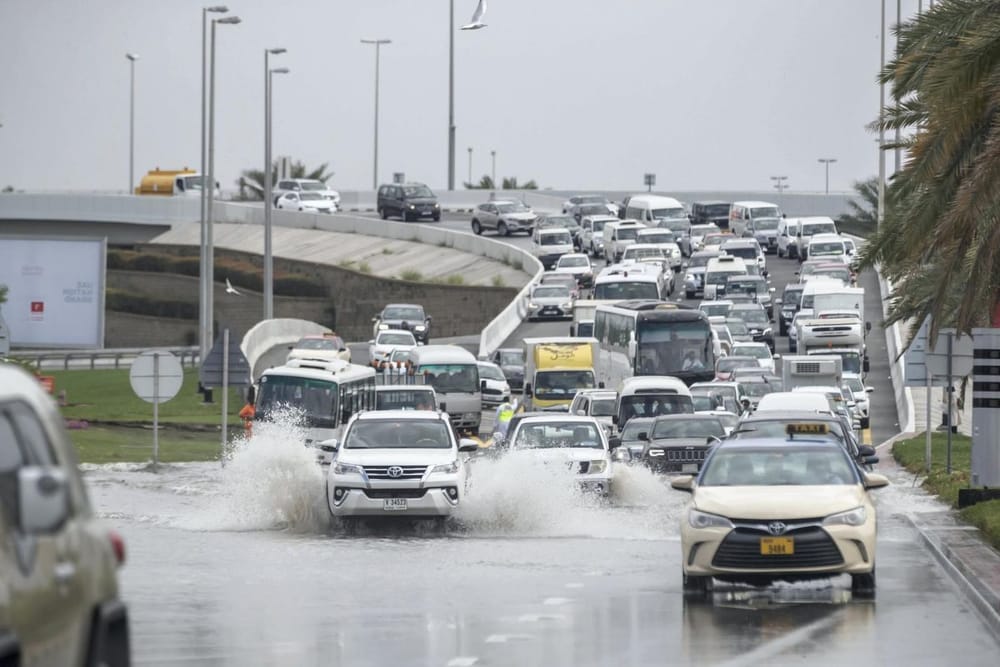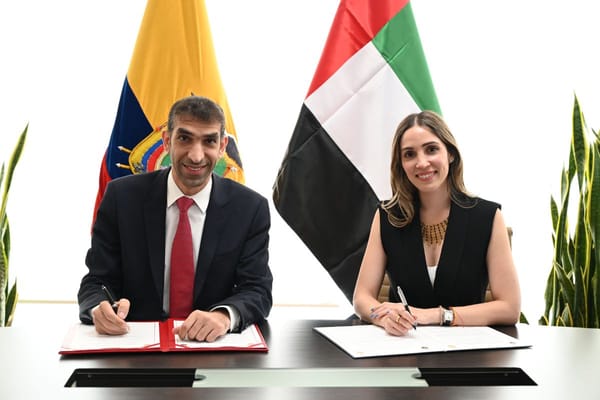A large number of vehicles damaged in the rains last week might not be insured against natural calamities like flooding.
Following last week's historic rainfall, prices for property and auto insurance in the United Arab Emirates may rise, according to a rating agency assessment. The United Arab Emirates experienced the largest rainstorm on record since climate data recording began in 1949 on April 16, with a day's worth of rain equivalent to a year's supply.
As precipitation poured into people's homes and caused damage, many drivers were forced to abandon their cars on flooded streets.
Due to a surge in claims frequency and costs, many motor insurers in the UAE have raised specific coverage prices by up to 50%. Another round of rate hikes is expected, particularly for comprehensive motor plans, following recent floods. Additionally, rates for insuring commercial and residential properties may rise as insurers and reinsurers reassess pricing due to increased rainstorm frequency and severity in the UAE and neighboring regions. The agency forecasts a heightened demand for insurance in response to these developments.
Insurance coverage
Local insurers are bracing for an anticipated record number of claims, with some reporting a staggering 400% increase compared to previous peaks. However, a significant portion of cars damaged in the recent rains may only have third-party insurance, leaving them uncovered for natural disasters like flooding, according to S&P.
While comprehensive motor policies typically cover flood damage, coverage may be limited to specific circumstances, such as when a vehicle is parked and not in motion. The majority of losses for local insurers are expected to stem from claims related to motor and property damage. While insurers often pass large commercial risks to international reinsurers, motor-related risks are usually retained locally. Despite the expected high volume of motor claims, the industry is anticipated to manage the total insured losses adequately.
While it's premature to gauge the full financial impact of the recent natural disaster on the UAE's insurance sector, S&P Global Ratings suggests that most insurers in the region possess robust capital and liquidity buffers, enabling them to absorb related claims. However, insurers with weaker capitalization may face challenges, potentially resulting in delays in claim payments. With approximately 60 licensed insurers in the UAE, the accumulation of claims from the same event could trigger reinsurance policies, limiting insurers' liabilities to a predetermined amount, depending on their reinsurance coverage.
Damage to property
Early estimates suggest substantial damage to commercial and residential properties due to the recent storm. Larger, high-value commercial risks are often reinsured internationally, leaving local insurers with minimal or no risk exposure. The government, private businesses, retailers, and property developers have provided free services like maintenance, cleaning, and pest control to affected communities.
Some Dubai property developers have pledged to cover repair costs for residential buildings, potentially further reducing exposure for local insurers, especially considering the low number of home content insurance policies.
While insurers may receive claims for infrastructure damage like shopping malls, the impact on local insurers is expected to be limited due to these risks being typically reinsured, and local insurers retaining low levels of risk.
News Source: Khaleej Times









